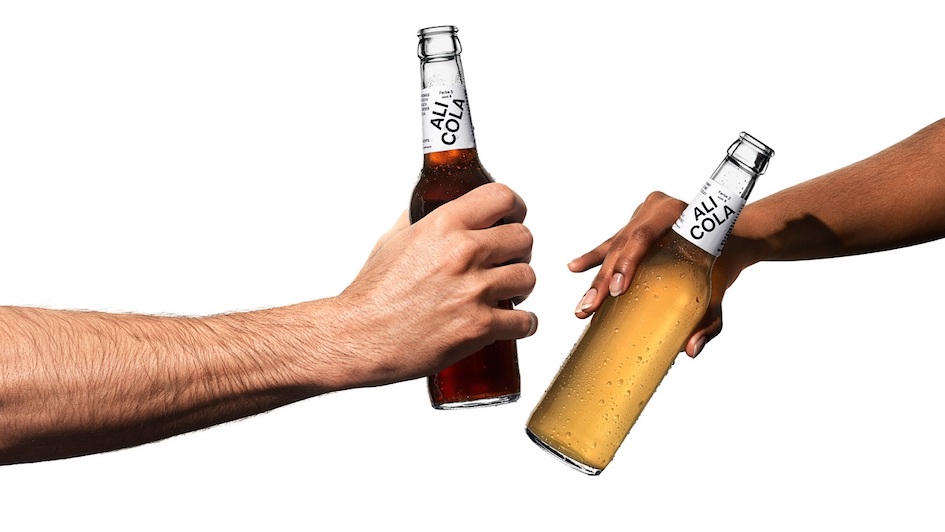
In many Consumer Packaged Goods (CPGs) companies, packaging is suffering from an identity crisis. Is packaging a cost, relegated to an operational or supply chain expense, or is it a revenue driver, better situated within marketing?
The duality of a package is apparent to any observer. Consumers find marketing messages in the form of romance copy and claims, as well as product information about ingredients, nutritional facts, best-before dates, and volume. Packaging has many roles to play in a brand’s relationship with a consumer, some functional (not leaking, preserving its contents) and some emotional (aspirational, celebratory, or proud to gift).
Further complicating things, the product and its packaging can become indistinguishable. Is Tide or Gatorade or Method the liquid or the combination of the liquid and its unique bottle? Does your Starbucks coffee taste the same if it’s not consumed from its signature cup? Does perfume really make you feel the same when it’s delivered from a glamorous, weighty, faceted showpiece as from a slim, roll-on travel vial?
Within famous marketing programs are the underpinnings of packaging innovation and execution excellence, whether that means controlling the physical aspects, content, and color, or management of digital or conventional presses. We’ll find that packaging imagery gives cues to digital activation, and the programs were not “digital first,” but packaging first:
- When Coca-Cola’s “Share a Coke” campaign famously emblazoned first names on their cans, they used packaging to tie brand identity to personal identity.
- When marketers flipped over Heinz ketchup and allowed consumers to squeeze instead of tap, they led with packaging.
- When Casper put mattresses in boxes, they disrupted their category with packaging.
- When Wrigley put Eclipse gum into a cup-holder-sized canister, they earned a new usage occasion.
The case can be made that packaging belongs in the supply chain, since there are materials to purchase, inventory to store, and transportation to coordinate. Packaging neatly sits here because it has to be sourced in proportion to and in sync with demand for the product. Organizations that think of packaging in this way identify it with the product, even tucking it under “product supply.” Here, packaging is seen as significant literally because it is material.
For most consumer goods, if you have no packaging, you have no way to sell your product in the market. At its origin, then, packaging is essential to actually bring a product to market. In this way, packaging is tied to the origins of marketing itself.
Why has packaging seemingly lost its rightful place as marketing’s first-born?
In truth, packaging has selling functions to perform. It has to drive revenue. Packaging earns a product consideration and also carries the weight of conversion on “the shelf,” whether in a brick-and-mortar store gondola or on a digital screen in all its 9-shot glory. In these ways, packaging functions for CPGs as SEO and landing pages do for SaaS (and you’d be hard-pressed to find a business person who wouldn’t place SEO and landing pages squarely in the marketing department).
Taking this deeper, every function in the company is involved in making the product, including the packaging (just look at the lengthy packaging approval chains to be convinced). Isn’t R&D innovating packaging usability and materials? Doesn’t Customer Service have to deal with complaints that the package doesn’t say x or do y? Doesn’t Logistics need to optimize package palletization to control costs? Isn’t Sales interested in introducing a novel product (including its package) to their retailer customers?
Perhaps the problem is that no single department can own packaging, and so, as with many things that are important and complex, that means no one does. In this way, perhaps packaging is like the consumer experience: such a core business driver that all hands contribute to it, but no one knows quite who owns it.
Until marketing decides it does.
When marketing programs focus on the personal connection between the product they sell and their consumers, they must see the packaging as the primary and most essential communication vehicle, the centerpiece of the consumer experience.
Packaging changes are disruptive. Seize the package. Carpe sarcina!
Image: Ali Cola via Branding.news